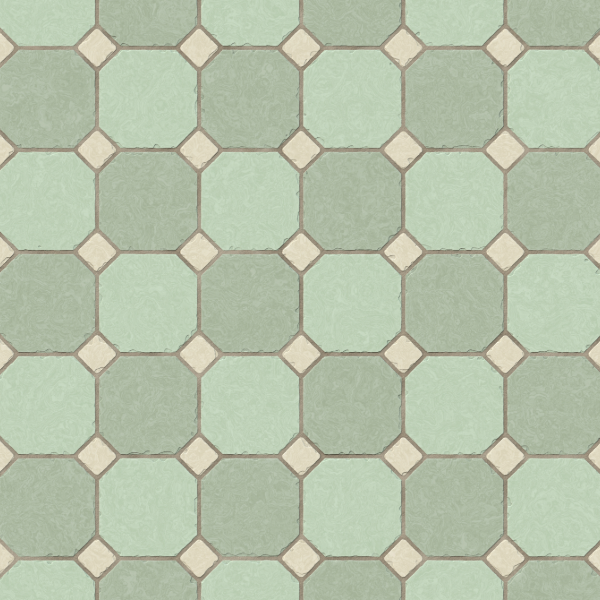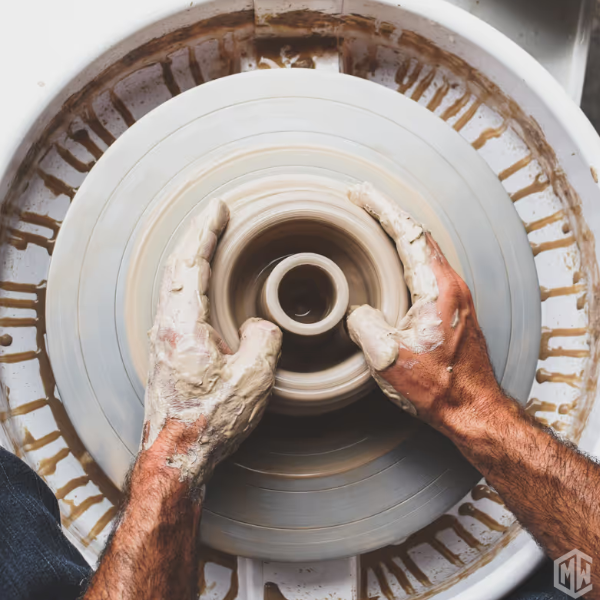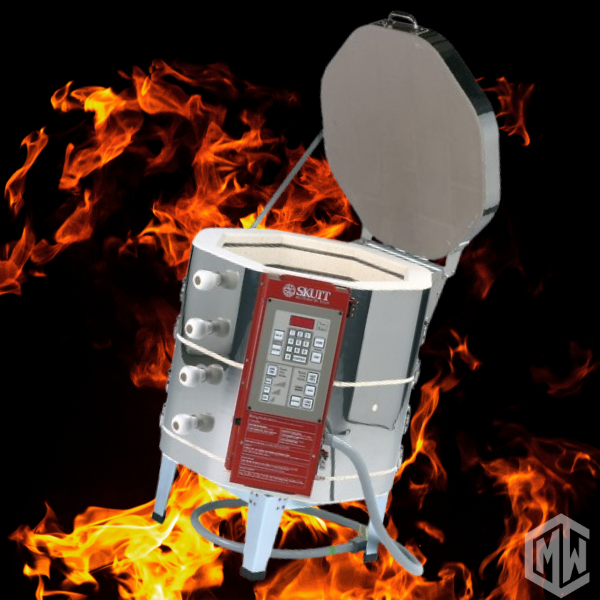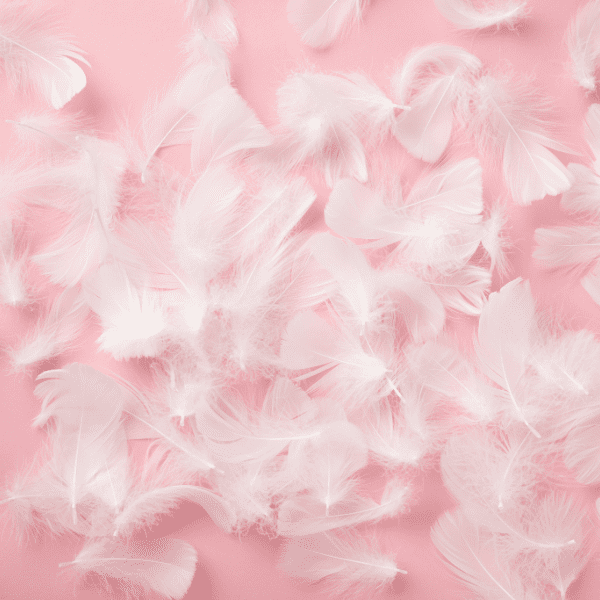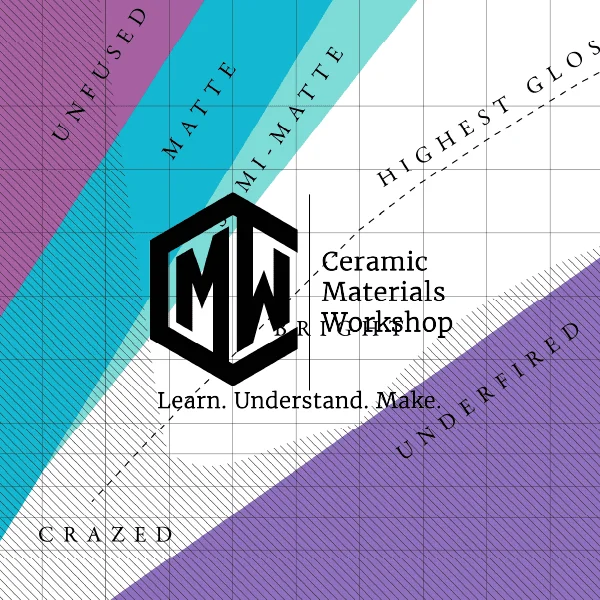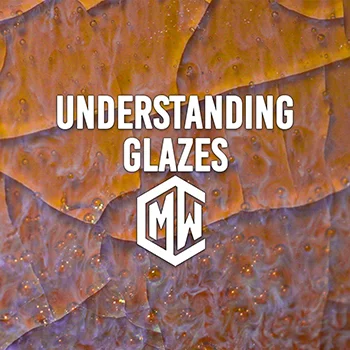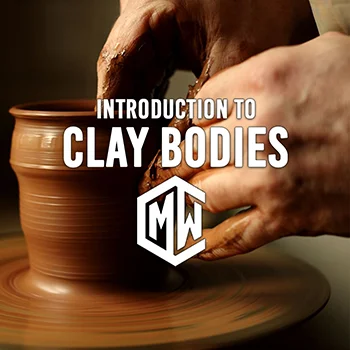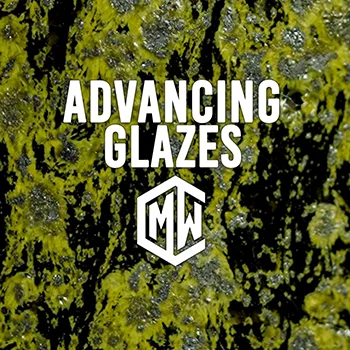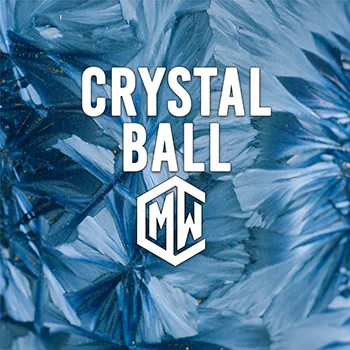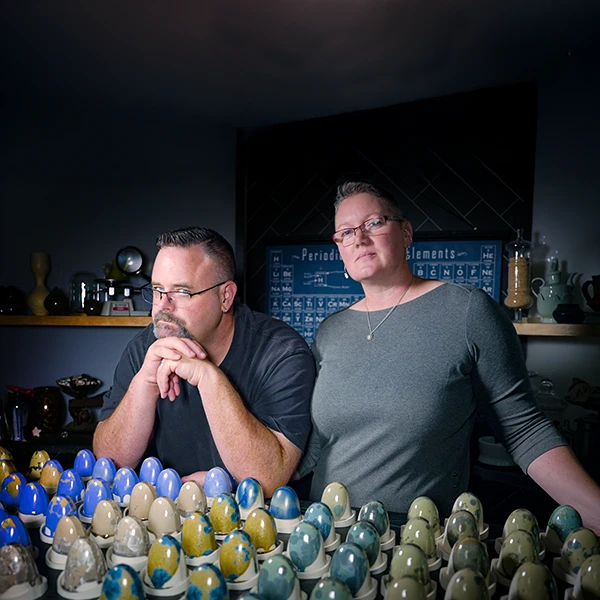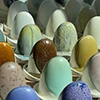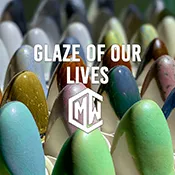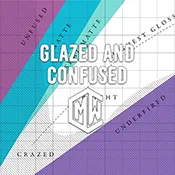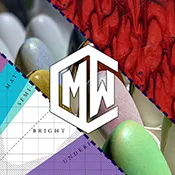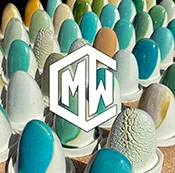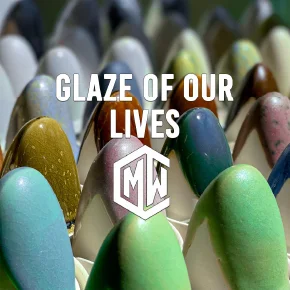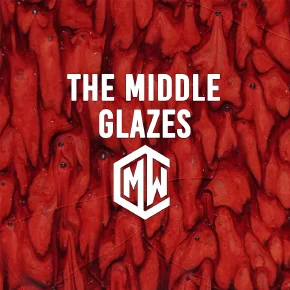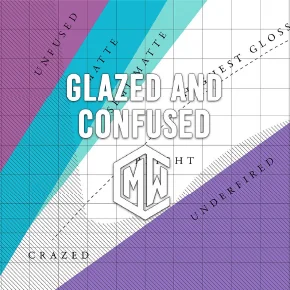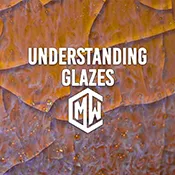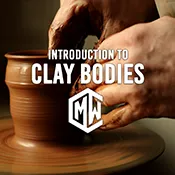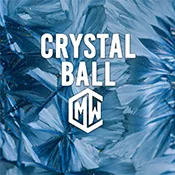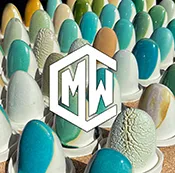Let’s face it, the ceramics world is full of surprises. One minute you’re gazing lovingly at a perfectly glazed piece, the next you’re staring in disbelief at a volcanic eruption in your kiln.
But hey, that’s part of the fun….right?
Every crack, crawl, and unexpected color explosion is a chance to learn and grow. And the key to unlocking those ceramic secrets? Test tiles, baby! These little clay squares are your window into the soul of your glazes and clay bodies.
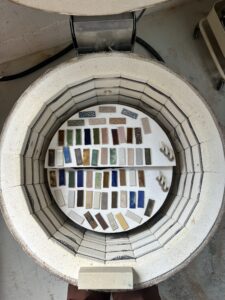
But what exactly should you be looking for when you pull those test tiles out of the kiln? And how do you turn those observations into actionable insights? Grab your notebook, because we’re about to dive headfirst into the wonderful world of ceramic experimentation!
“I just want to buy a Test Tile or at least a mold to make my own!” 😭 Don’t worry! We have them for you in CMW’s shop!
Test Tile Treasure Hunt: What to Look For
Think of your test tiles as mini-masterpieces, each one holding valuable clues about your materials and firing process. Here’s what to keep an eye out for:
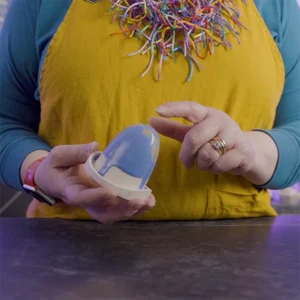
- Color: Is the color what you expected? Did it turn out darker, lighter, or a completely different hue?
- Surface: Is the glaze smooth, glossy, matte, or textured? Are there any bubbles, cracks, holes or crawling?
- Fit: Does the glaze fit the clay body well? Or is it crazing (those tiny cracks) or shivering (flaking off)?
- Thickness: How does the glaze look at different thicknesses? Does it change color or texture?
- Layering: If you’ve layered glazes, how did they interact? Did they blend, separate, or create interesting effects?
Journal Jottings: Taking Note of Your Tile Tales
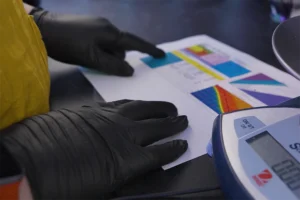
A test tile without notes is like a treasure map without an “X marks the spot.” Here’s what to record in your trusty testing journal:
- Clay Body: Note the type of clay body you used.
- Glaze Recipe: Write down the exact glaze recipe or the name of the commercial glaze.
- Application: How did you apply the glaze (brushing, dipping, spraying)? How many coats?
- Firing: Record the cone you fired to, the type of kiln, and any special firing techniques (oxidation, reduction).
- Observations: Describe your observations in detail, using both words and sketches.
- Analysis: What do your observations tell you about the glaze? What worked well? What would you change?
Turning “Oops” into “Aha!” Moments: Learning from Your Experiments
The beauty of test tiles is that they allow you to experiment without the fear of ruining a finished piece. Embrace those “oops” moments! They’re often the most valuable learning experiences.
- Troubleshooting: If a glaze didn’t turn out as expected, use your notes to identify potential culprits. Was the glaze too thick? Was the firing temperature too high?
- Tweaking: Experiment with different application methods, layering techniques, or firing schedules to see how they affect the glaze.
- Discovering: Sometimes, the most exciting results come from unexpected “mistakes.” Embrace those happy accidents and see where they lead you!
Whoopsie-Daisy, you made a mistake? That’s okay! Read CMW’s article: Common Mistakes in Ceramics & How to Avoid Them!
Test Tile FAQs
- “What’s the best way to make test tiles?” You can make test tiles by rolling out a slab and cutting it into squares, or by buying CMW’s mold.
- “How many test tiles should I make?” It’s always better to have more than not enough! Make several tiles for each glaze you want to test.
- “Where should I store my test tiles?” Organize your test tiles in a way that makes them easy to reference. You can use a binder, a box with dividers, or even a dedicated shelf.
Remember: Test tiles are your secret weapon in the quest for ceramic mastery. Embrace the process of experimentation, learn from your mistakes, and watch your pottery skills reach new heights!
“I just want to buy a Test Tile or at least a mold to make my own!” 😭 Don’t worry! We have them for you in CMW’s shop!
Ready for more? Is it easier to follow along in video format then blog?
Ceramic Materials Workshop has several FREE videos to help you learn more about glaze chemistry. In this series of short videos, you can learn more about glaze application, what crazing is and how to avoid it, the Unity Molecular Formula (UMF), How to Read Stull’s Map and about cone temperatures! We add new content often so make sure that you subscribe to be notified when we post a new video to this playlist! We hope that you enjoy them!
Start watching the Free Online Glaze Chemistry Lessons NOW!
Ready to dive deeper?
Loved learning about ceramic glazes? Want to go even deeper? Check out our Workshops & Courses, now available in Spanish, or YouTube Channel where Matt breaks it all down, myth-busting and Stull chart included!


